Kyrgyzstan travel tips
Kyrgyzstan travel tips: A Central Asian gem, features stunning mountain landscapes, nomadic traditions, and vibrant bazaars, blending nature’s beauty with cultural richness.
Regions 🌎
Kyrgyzstan travel tips. Here is a list of all the regions of the Kyrgyzstan.
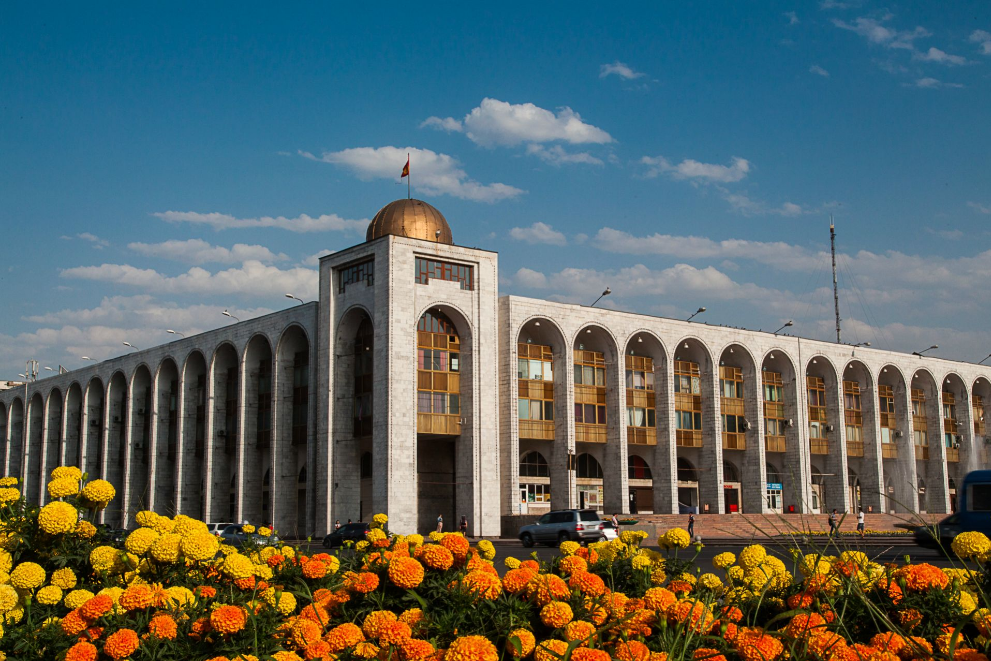
Chuy Region
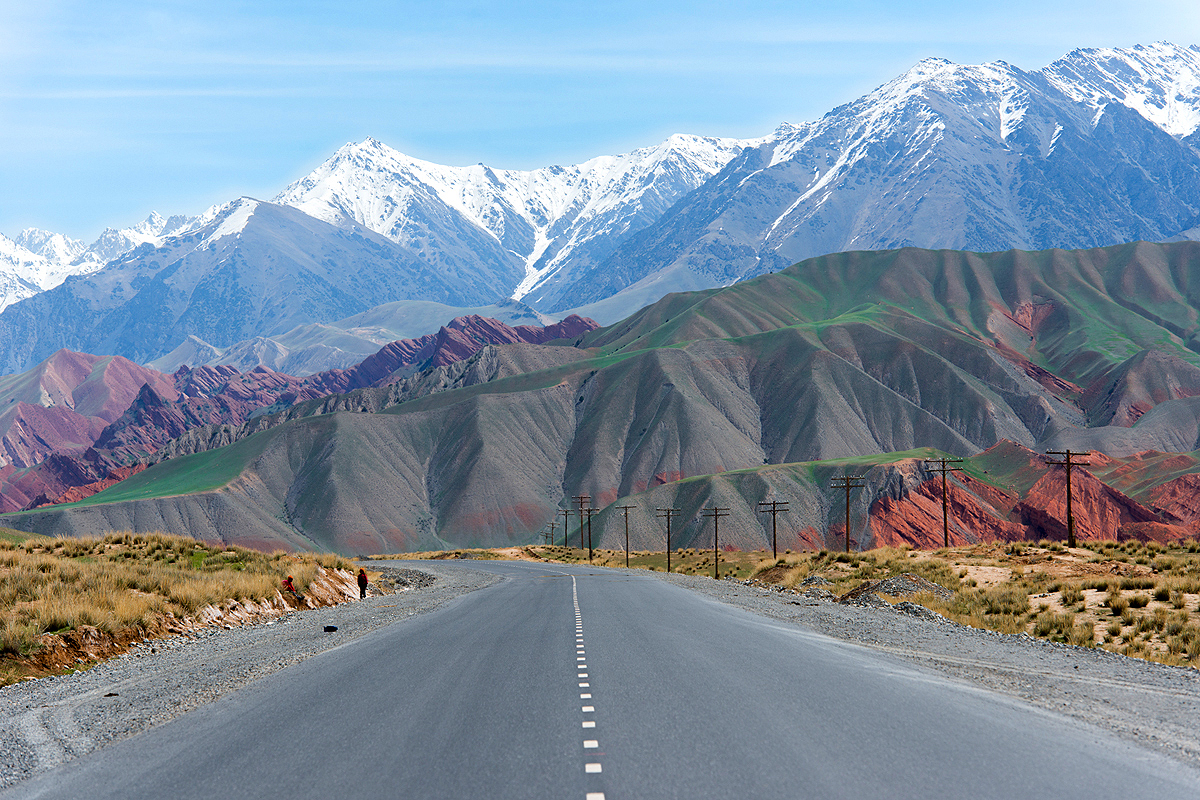
Osh Region

Jalal-Abad Region

Issyk-Kul Region

Talas Region
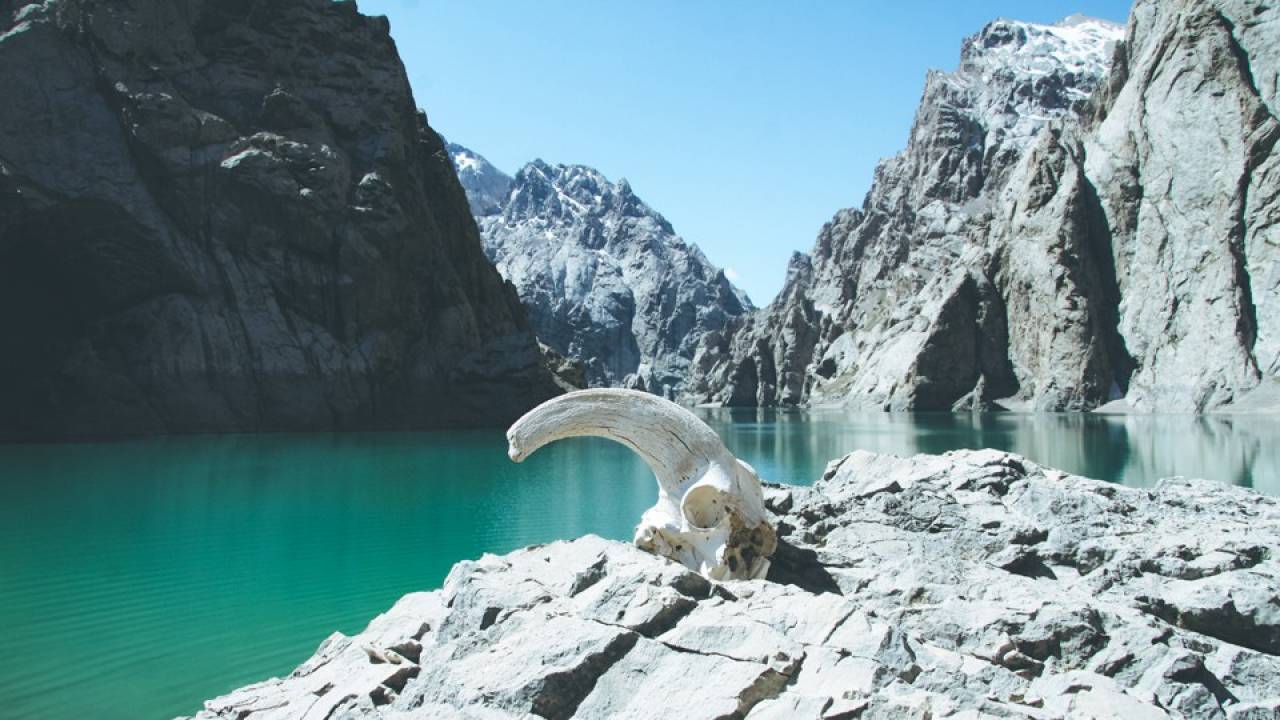
Naryn Region

Batken Region

Bishkek
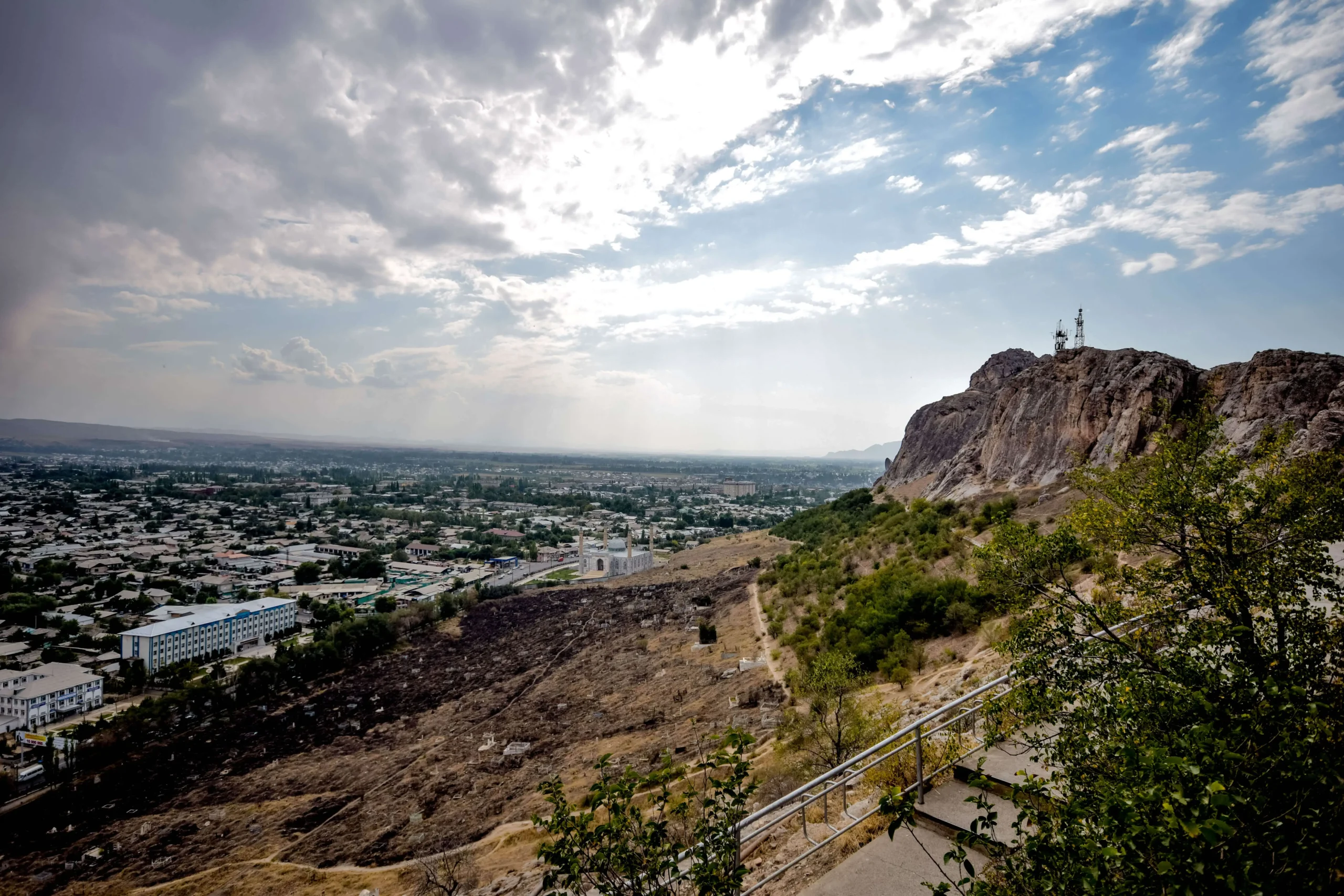
Osh

Sokh
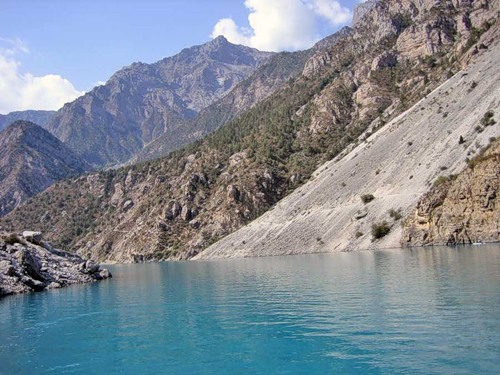
Shohimardon
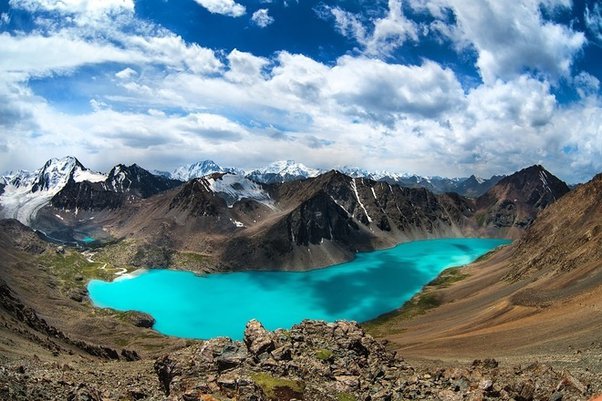
Chon-Qora

Vorukh
Before you go 🛩
Important information you should know before your trip
Info
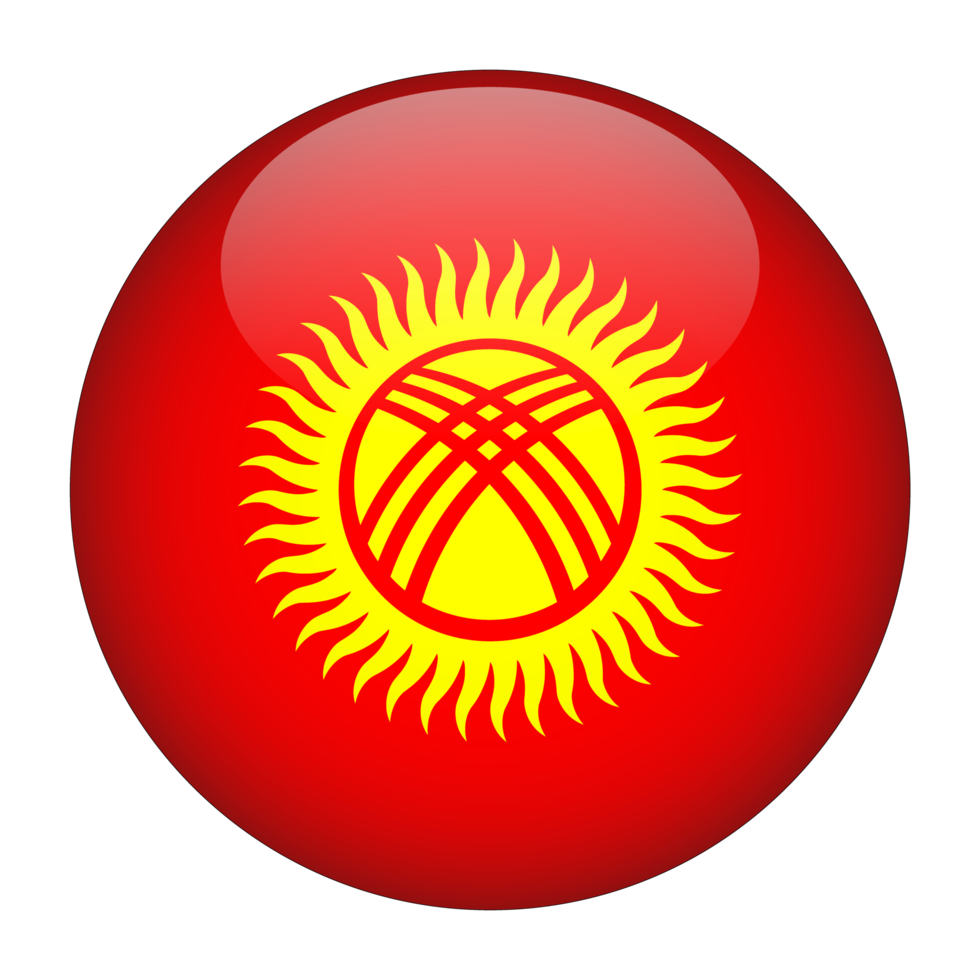
Capital | Bishkek
Flag Codes:
ISO alpha-2 KG,
ISO alpha-3 KGZ
Currency
Badge | Som
CODE | KGS
NUMBER | 417
SYMBOL | лв
FRACTION | tyiyn
Mobile Coverage
Dialing Code | +996
SIM Card
Coverage | 3G / 4G / 5G |
Mobile Networks | Beeline Mobile | MegaCom Mobile | OI Mobile |
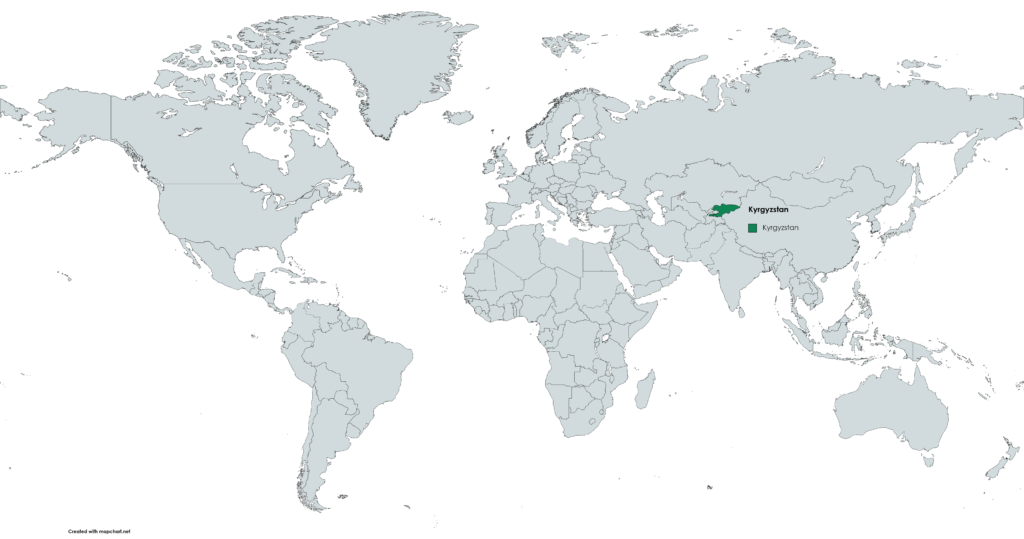
Location
Kyrgyzstan is a landlocked country located in Central Asia. It is bordered by Kazakhstan to the north, Uzbekistan to the west, Tajikistan to the southwest, and China to the southeast. The country is situated in the heart of the Tian Shan mountain range, with the majority of its territory covered by rugged mountains and high-altitude valleys. The capital and largest city of Kyrgyzstan is Bishkek, which is located in the northern part of the country.
Currency
The official currency of Kyrgyzstan is the som (KGS). One som is divided into 100 tyiyn. Som banknotes have denominations of 20, 50, 100, 200, 500, 1,000, and 5,000 som, while coins have denominations of 1, 3, 5, and 10 som.
The som is widely accepted in Kyrgyzstan and can be exchanged at banks and exchange offices throughout the country. Additionally, many shops, restaurants, and other businesses in Kyrgyzstan accept international credit cards, making it easy for tourists and foreign visitors to make purchases and transactions in the country.
Languages
Kyrgyz is the official and most widely spoken language in Kyrgyzstan, being spoken by approximately 70% of the population. Kyrgyz is a Turkic language and is written using the Cyrillic alphabet.
In addition to Kyrgyz, other languages are also spoken in Kyrgyzstan, including:
Russian: It is the second most spoken language in Kyrgyzstan and is widely used in business, education, government administration and the media.
Uzbek: it is spoken by an Uzbek minority in Kyrgyzstan, especially in the border areas with Uzbekistan.
Uyghur: it is spoken by a small Uyghur community in Kyrgyzstan, mainly in the south of the country.
Dungan: it is spoken by the Dungan minority in Kyrgyzstan, mainly in the Chuy region.
Tajik: it is spoken by the Tajik minority in Kyrgyzstan, mainly in the south of the country.
Kazakh: it is spoken by the Kazakh minority in Kyrgyzstan, mainly in the Issyk-Kul region.
Climate 🌡
Kyrgyzstan has a predominantly continental climate due to its inland location and high elevation. The country experiences distinct seasons with significant temperature variations throughout the year. Here is a general overview of the climate in Kyrgyzstan:
Summer (June to August): Summers in Kyrgyzstan are generally warm to hot, especially in the low-lying valleys and plains. Temperatures can range from 25°C (77°F) to 40°C (104°F) in the lower elevations, while in the higher mountainous regions, temperatures remain cooler, averaging around 15°C (59°F). It is the driest season with minimal rainfall.
Autumn (September to November): Autumn in Kyrgyzstan is characterized by mild temperatures during the day and cool nights. Average temperatures range between 10°C (50°F) and 20°C (68°F) in the lowlands. The weather becomes gradually cooler as the season progresses, and rainfall increases, particularly in October and November.
Winter (December to February): Winters in Kyrgyzstan are cold, especially in the high mountains. In the lowlands, temperatures can drop below freezing, while in the mountains, sub-zero temperatures are common. Average temperatures in the lowlands range from -5°C (23°F) to -15°C (5°F), but in the mountains, temperatures can plummet to -30°C (-22°F) or lower. Snowfall is frequent and heavy in mountainous areas, making it a popular destination for winter sports.
Spring (March to May): Spring is a transitional season with fluctuating temperatures. Initially, it can be quite chilly, but as the season progresses, temperatures gradually rise. Average temperatures range between 10°C (50°F) and 20°C (68°F) in the lowlands. Spring is also characterized by increasing rainfall, especially in April and May.
Kyrgyzstan travel tips
If you’re planning a trip to Kyrgyzstan, here are some travel tips to enhance your experience:
Visa:
Check visa requirements beforehand. Some nationalities may need a visa to enter Kyrgyzstan.
Cultural Etiquette:
Remove shoes when entering homes. Greet with a handshake and show respect to elders.
Electricity:
Kyrgyzstan uses Type C and Type F electrical outlets. Bring necessary adapters.
Explore Nature:
Visit Issyk-Kul Lake, Ala-Archa National Park, and Song Kol Lake for breathtaking natural beauty.
Transportation:
Use marshrutkas (shared minibusses) and taxis. Plan for longer travel times on mountainous roads. View Guide.
Altitude:
Acclimatize to high altitudes gradually, especially in mountainous regions.
Local Customs:
Respect nomadic traditions. Ask permission before taking photos of locals.
Enjoy your time in Kyrgyzstan!

The best of the best
Kyrgyz cuisine reflects the nomadic heritage of the country and incorporates a mix of Central Asian, Mongolian, and Russian influences. Traditional Kyrgyz dishes often feature meat, dairy products, and grains.
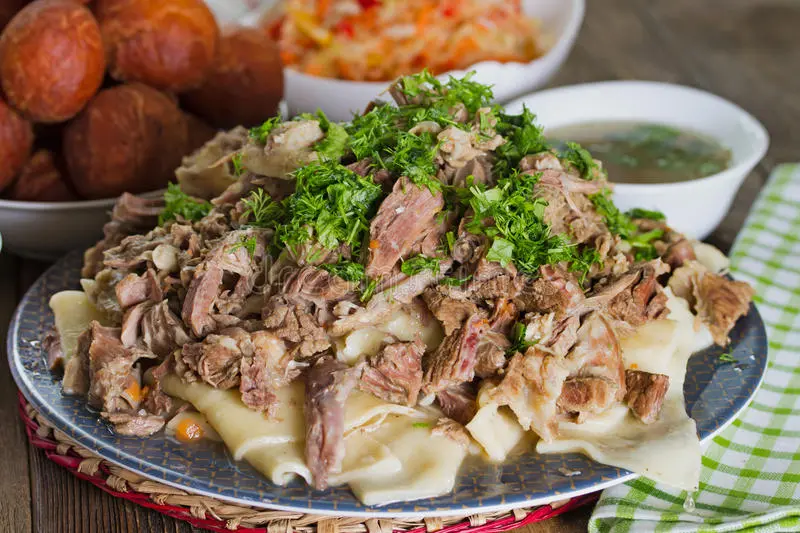
Beshbarmak
Considered the national dish of Kyrgyzstan, Beshbarmak is a hearty dish consisting of boiled meat (typically lamb or beef) served over pasta or unleavened dough sheets.
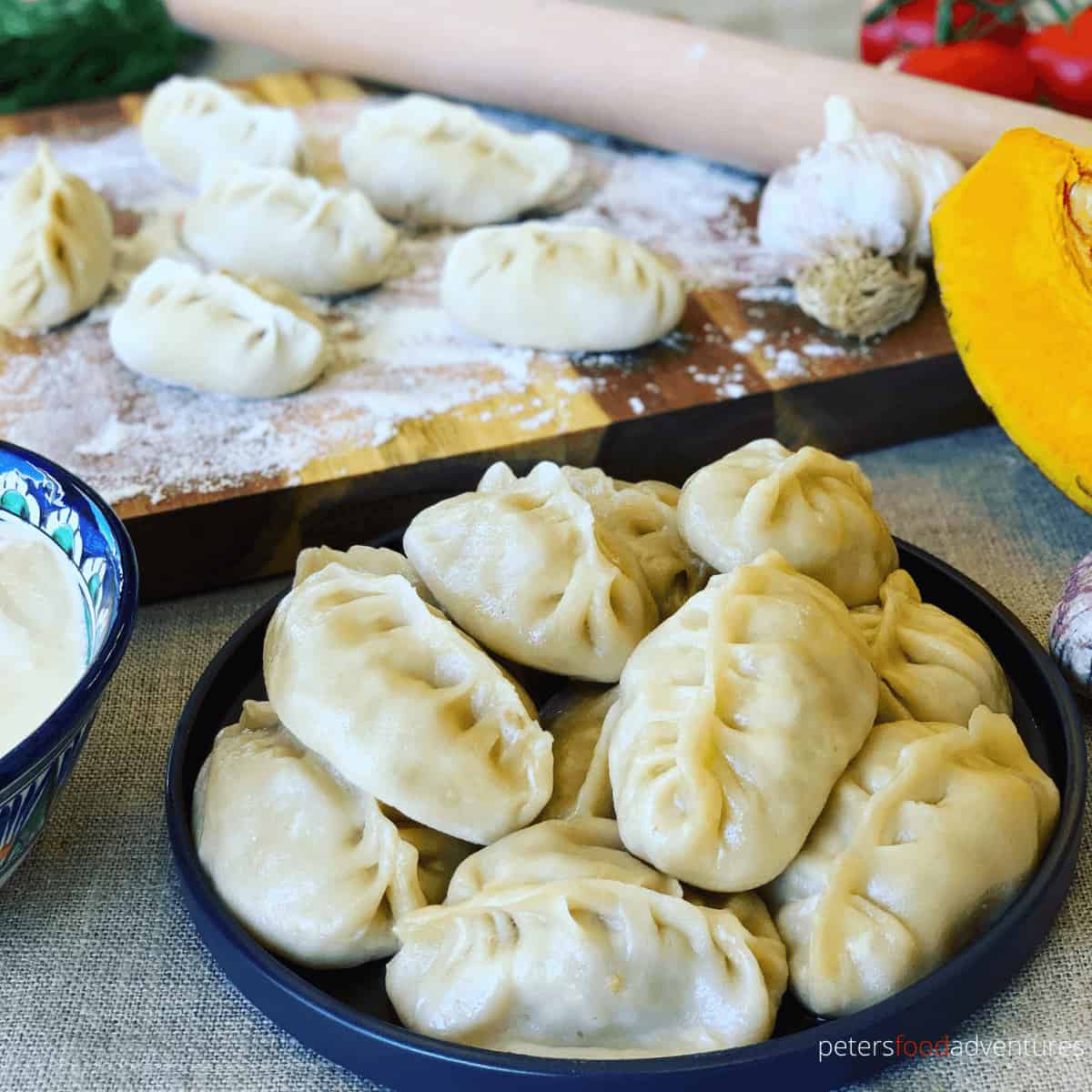
Manti
These are steamed dumplings filled with minced meat (lamb or beef), onions, and spices. Manti can be served with sour cream or tomato sauce and are a popular dish in Kyrgyz cuisine.
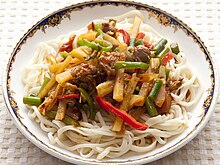
Lagman
Lagman is a noodle dish made with hand-pulled noodles, vegetables (such as onions, bell peppers, and carrots), and meat (typically beef or lamb).
Here are some typical foods of Kyrgyzstan:
Plov: Plov, also known as pilaf, is a rice dish cooked with meat (lamb, beef, or chicken), carrots, onions, and sometimes other vegetables. It is usually seasoned with spices like cumin and served as a flavorful main course.
Kuurdak: Kuurdak is a dish made from diced and fried meat (usually lamb or beef) with onions and potatoes. It is typically seasoned with spices and herbs and cooked until the ingredients are well-browned and flavorful.
Samsa: Samsa is a popular pastry in Kyrgyzstan. It is a baked triangular or square-shaped pastry filled with meat (often lamb), onions, and spices. Samsa can be found in various street food stalls and bakeries.
Kymyz: Kymyz is a traditional Kyrgyz beverage made from fermented mare’s milk. It has a slightly sour taste and is considered a nutritious drink. It is also used in the preparation of other dairy-based dishes.
Chuchuk: Chuchuk is a traditional Kyrgyz sausage made from minced meat (usually beef or lamb), fat, and a mixture of spices. It is often smoked or dried and is commonly enjoyed as a snack or served with bread.
The country’s culinary traditions have a rich heritage and offer a unique blend of flavors and ingredients.
Transportation 🚥
More information about this country
Choose your destination 📍🗺
Useful Links ✅



